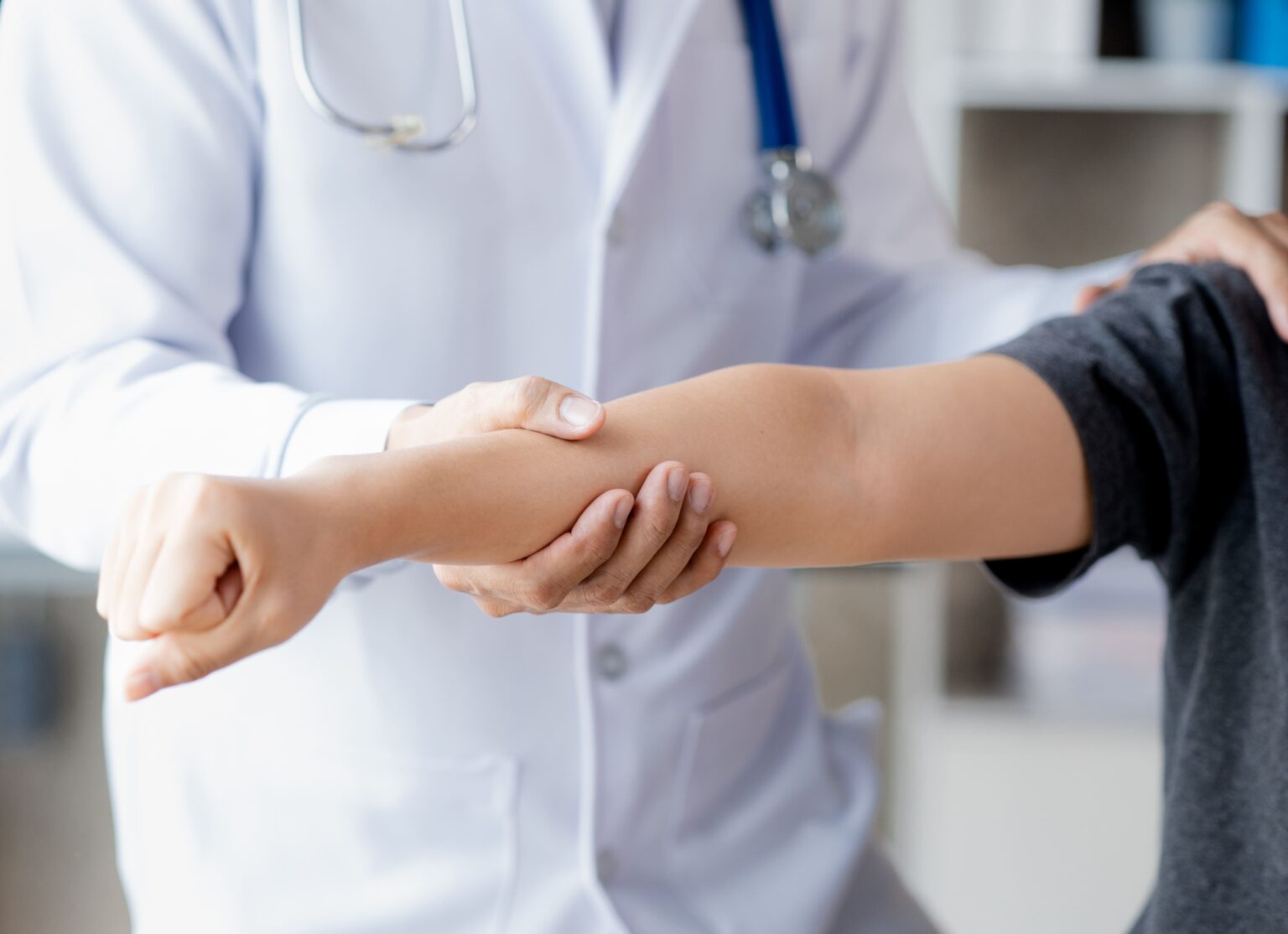SCHEDULE AN APPOINTMENT WITH US
Are Your Symptoms Affecting Your Quality Of Life?
Consult our MOH-accredited orthopaedic specialist for an accurate diagnosis & personalised treatment plan today.

MBBS (S’PORE)
MRCS (Ireland)
MMed (Ortho)
FRCSEd (Ortho)

Humerus shaft fracture fixation refers to a surgical procedure to repair a fracture in the shaft (the long, straight part) of the humerus, which is the upper arm bone. This type of fracture is characterised by a break anywhere between the region just below the ball of the shoulder joint and just above the elbow joint.
The procedure is typically recommended when the fracture is complex, displaced (where the bone pieces are not aligned), or in situations where non-surgical treatments (such as casting or bracing) are deemed unsuitable or ineffective.
The decision to proceed with humerus shaft fracture fixation is based on several factors:
Preparing for humerus shaft fracture fixation involves several key steps to ensure the safety and success of the surgery:


SCHEDULE AN APPOINTMENT WITH US
Consult our MOH-accredited orthopaedic specialist for an accurate diagnosis & personalised treatment plan today.
During a humerus shaft fracture fixation surgery, the following steps are typically involved:

MBBS (S’pore)
MRCS (Ireland)
MMed (Ortho)
FRCSEd (Ortho)
Dr Kau (许医生) is a Fellowship trained Orthopaedic Surgeon with a subspecialty interest in Hip and Knee surgery and has been in practice for more than 15 years.
He is experienced in trauma and fracture management, sports injuries, and joint replacement surgery.
After humerus shaft fracture fixation surgery, the focus shifts to recovery and rehabilitation, which are crucial for regaining the full function of the arm. Key aspects of postoperative care include:
For Singaporeans, Singapore Permanent Residents and Foreigners.
Please speak to our friendly clinic staff about using your insurance plans.

If you have any enquiry, please do get in touch. Leave us a message and we will get back to you shortly.
Recovery time varies depending on the individual’s age, overall health, and the complexity of the fracture and surgery. Generally, it may take several weeks to a few months for the bone to heal sufficiently.
A sling or brace may be required post-surgery to support and protect the arm during the initial phase of healing. The duration will depend on the orthopaedic surgeon’s advice and the healing progress.
Most people recover well and regain full function of their arm. However, some may experience stiffness or reduced range of motion. Long-term complications are relatively rare but can include nerve damage or issues related to the hardware.
In some cases, the hardware (like screws or plates) may cause discomfort or irritation. If this occurs, a second surgery to remove the hardware might be considered after the fracture has healed.